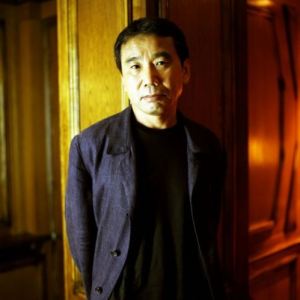When I first saw “The Immortal Life of Henrietta Lacks” in the New York Times’ bestsellers list, two things came to mind. First, the title was too long and second, it’s very intriguing. What’s more interesting was that the book was categorized under the non-fiction list. So it’s actually talking about some “immortal” contribution this woman made to society. I never heard of Henrietta Lacks in any of my history classes nor had I ever Googled her name. So with much curiosity and a bit of scepticism combined, I decided to read Henrietta Lacks’ immortal life.
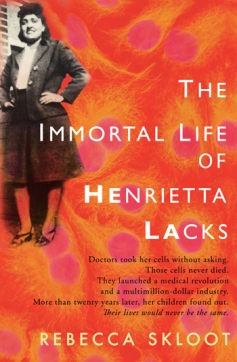
Who is Henrietta Lacks?
Henrietta Lacks lived during the 1950’s in Baltimore, Maryland. She was a loving wife and a doting mother to five children. Apart from her family duties, she worked tirelessly as a tobacco farmer. She had walnut eyes and a pleasant face with a lovely smile. She loved music and she always painted her nails deep red. Her family and relatives described her as someone who took care of everyone. Aside from watching over her own children, she would also look after her cousins’ kids. She was fondly remembered as the aunt who always gave. She grew up with a Baptist background and was esteemed by the people in that community.
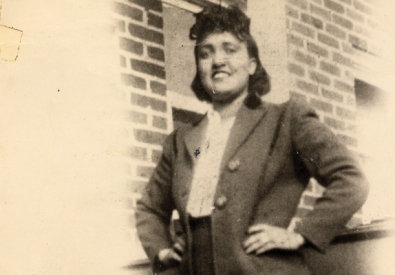
At the age of 30, Henrietta was diagnosed with cervical cancer. At a time when medicine was at its early stages, the only treatment for cancer was radiation. Henrietta was treated at Johns Hopkins—the only hospital in Baltimore that treated black people. She underwent multiple radiation treatments that made her colored skin even blacker. Her cancer was very aggressive and spread rapidly which inevitably caused her death. When her body was opened for autopsy it was like someone filled her with huge pearls—big tumors literally covered all her organs. Her cousin Sadie said that despite her sickness Henrietta’s looks didn’t change. She still looked beautiful though her eyes showed that life was slowly being drawn out of her. The Lacks family grieved when she died but the world of science rejoiced in what she left behind.
The immortal cells
Before Henrietta died doctors took a sample of her cancer cells without her permission. Her cells were given to Dr. George Gey who was trying to grow cells in culture. All the cells previously cultured died until they got Henrietta’s. Not only did her cells live it also grew continuously. In fact, it still multiplies up to now! It was probably the first modern miracle that scientists ever witnessed. In fact, I think it should be called the first “living” miracle. This discovery was one of the major breakthroughs in the field of medicine. Gey called this the HeLa cells, combining the first two letter of Henrietta’s full name. Since it couldn’t die, scientists were able to monitor the different stages of cell development and administer tests on each stage. The HeLa cells were instrumental in the development of the Polio vaccine. It was even sent outer space to see how her cells would react in zero gravity. HeLa cells also contributed to the advancement of gene mapping, cloning, and vitro fertilization. Below is a photo of HeLa cells’ remarkable contribution to the field of science.

What went wrong?
Henrietta’s family had no clue that a part of her was taken and being used by scientists all over the world. Consent forms were unheard of at that time. The HeLa cells were the first human biological specimen that were sold and bought. While the field of medicine was making leaps and bounds in their discoveries through the HeLa cell line, the Lacks family remained where they were—poor and unable to get a health insurance. They couldn’t even determine the exact location of Henrietta’s grave which remained unmarked for the longest time. Twenty-five years after Henrietta’s cells were taken from her, a pervasive contamination in cultured cells spread like wildfire. Apparently, HeLa cells can be transferred through hands and other airborne particles. For example, just when they thought they’ve grown prostate cells scientists discovered that they were taken over by HeLa cells. This prodded them to track Henrietta’s family to get their DNA so they can map her cells and distinguish it among the other cultured cells.

This was the first time that Henrietta’s family learned about her immortal cells. The family agreed to be tested, thinking that they were being checked for cancer. They didn’t understand quite well all the complex DNA mapping that was being explained to them. Eventually, they discovered that HeLa cells were being bought and this infuriated Henrietta’s sons. They tried to get what was due them but failed in the process. Their efforts consumed the family in a debilitating way. This even caused her youngest daughter Deborah to breakdown, knowing that a part of her mom was alive somewhere and was being experimented on. Deborah was still an infant when Henrietta died. She was born four months before her mother was diagnosed with cancer. With the family placed in the middle of research hoopla, inquiries knocked on the Lacks’ doorstep which consequently traumatized the family.
More than just the cells
Author Rebecca Skloot first heard of HeLa cells in her biology class. However, the only information her teacher gave aside from Henrietta’s name was that she’s black. This roused the curiosity of Rebecca who later on took the road less travelled of finding the Lacks family to learn more about the woman behind the immortal cells. The Lacks family already had the notion that doctors and reporters were out to take advantage of them when Rebecca entered the picture. It took her a decade to win the trust of the Lacks family. She had to convince them of her sincere and pure intentions to tell the story of Henrietta as a woman, wife, and mother. It was about her brave albeit brief life. Rebecca wanted to give a face to the cells that ushered one scientific breakthrough after another. Her perseverance and integrity finally broke the walls that the Lacks family had built over the years.
Partnering with Deborah, Rebecca started her research on the remarkable woman that is Henrietta. Together they discovered who she was and for Deborah it made up for the many years of wondering what her mother was like. One doctor even gave a framed picture of Henrietta’s cells to Deborah and her family. It was dyed with different colors to show the different parts of her cell. This was a pivotal moment in the lives of Deborah and her brother Zakariyya who both yearned for their mother for the longest time.
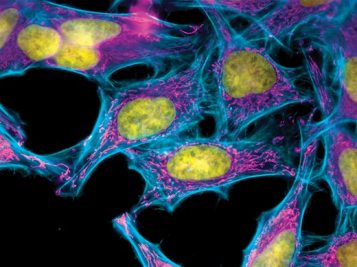
The author
As I was reading this book, my admiration for Rebecca Skloot grew more and more. Pursuing a story out of some random remark from your teacher took a lot of courage and tenacity. In the decade-long process of writing the book, Rebecca faced many hurdles. Gaining the trust of the Lacks’ family was one thing, keeping it was another. Her work with Deborah was like walking on a tight rope. She would sometimes bail out on her then call her again after so many days. She got married while writing the book and got divorced while still writing the book. None of these things stopped Rebecca from finishing what she started. She knew that this story was worth telling. She wrote with clarity and power. Her engaging narrative resulted in a powerful biography filled with poignant moments, ethical controversies, and disturbing revelations in the field of medicine.

Aside from immortalizing the life of Henrietta, Rebecca also donates a portion of her book’s earnings to the Henrietta Lacks Foundation—a non-profit organization she also started. The foundation provides education and medical support to the immediate family of Henrietta. It also gives grants to families who have relatives that contributed to the field of science but didn’t receive any recognition. This book redeemed the life of Henrietta and her family. It gave them a new beginning. Memorial markers were placed in honor of Henrietta and the future of her grandchildren and great grandchildren was secured.
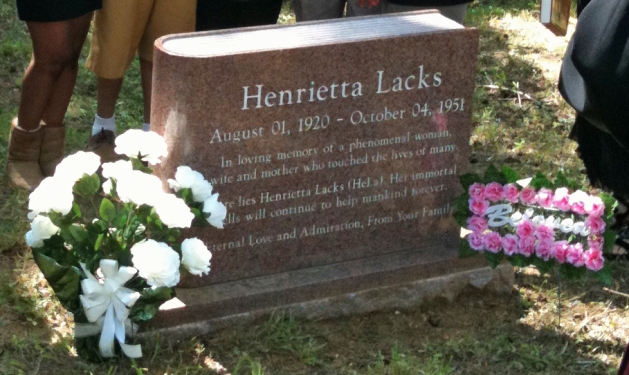
Before Henrietta died Dr. Gey told her, “Your cells will make you immortal.” He added that it will save the lives of people. Henrietta smiled and told him that she was glad that her pain would be of good use to someone. Knowing that a part of her will live on forever for the benefit of others probably comforted Henrietta. This book took me through a roller coaster of emotions. It also stirred something in my heart—a sense of gratitude toward Henrietta and awe to the God who used her life to bring about immortal cells.














